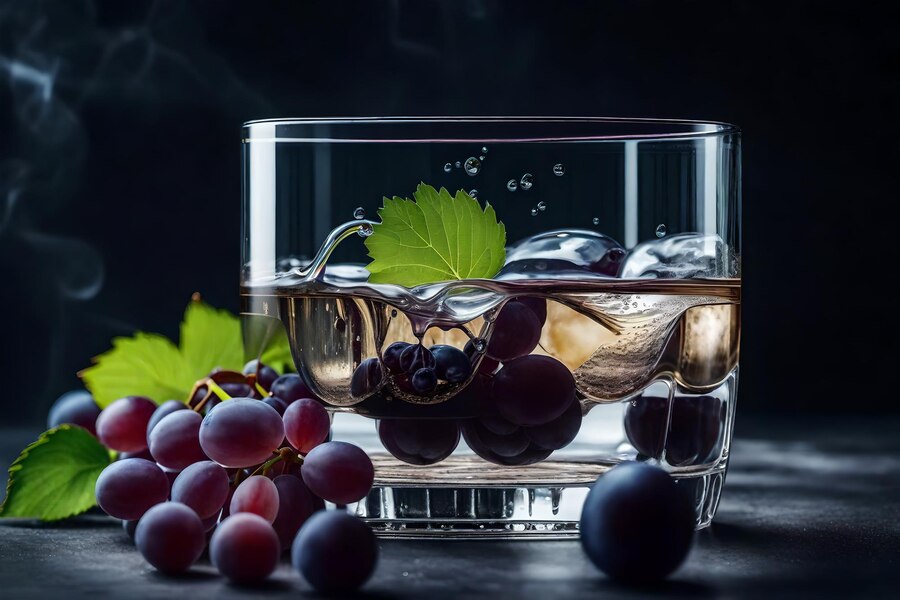Introduction
White Zinfandel, often referred to simply as “Zin,” is a unique and refreshing wine that has captivated wine enthusiasts with its fruity flavors, crispness, and versatility. While typically associated with California winemaking, White Zinfandel offers a distinct departure from traditional red Zinfandel wines, showcasing a lighter, sweeter profile that appeals to a wide range of palates. This article explores the origins, characteristics, production methods, and cultural significance of White Zinfandel.
Origins and Evolution
- Discovery: White Zinfandel originated in the mid-20th century as a result of a fermentation mishap with red Zinfandel grapes at Sutter Home Winery in California. The accidental introduction of stuck fermentation led to the creation of a slightly sweet, pink-hued wine that diverged from the robust red Zinfandel.
- Popularity Surge: In the 1970s and 1980s, White Zinfandel gained widespread popularity among American wine drinkers for its approachable sweetness, light body, and fruity aroma. It became a gateway wine for many new enthusiasts exploring the world of wine.
Characteristics of White Zinfandel
- Color and Appearance: White Zinfandel exhibits a pale to medium pink color, often resembling salmon or blush hues. Its clarity and brightness are complemented by a slight effervescence in some variations.
- Flavor Profile: The wine is characterized by its fruity notes, typically featuring flavors of strawberries, raspberries, cherries, and citrus fruits. It offers a pleasant sweetness balanced by refreshing acidity, making it easy to drink and suitable for various occasions.
Production Methods
- Winemaking Process: White Zinfandel is made from Zinfandel grapes that undergo a gentle crushing process to extract juice with minimal skin contact. This results in a lighter color and less tannic structure compared to red Zinfandel.
- Fermentation: After pressing, the juice is fermented at cool temperatures to preserve the fruity aromas and flavors. Some producers may stop fermentation early to retain residual sugars, contributing to White Zinfandel’s characteristic sweetness.
Cultural Significance and Consumption
- Versatility: White Zinfandel’s versatility makes it a popular choice for casual dining, outdoor gatherings, and social events. It pairs well with a variety of foods, including spicy dishes, barbecue, salads, and cheeses.
- Demographic Appeal: Initially embraced by younger drinkers and those new to wine, WhiteZinfandel has broadened its appeal across generations. It continues to attract enthusiasts who appreciate its approachable nature and fruit-forward characteristics.
Conclusion
White Zinfandel stands as a testament to innovation and serendipity in winemaking, offering a delightful alternative to traditional red wines. Its fruity flavors, refreshing qualities, and cultural impact have solidified its place in the world of wine, appealing to both seasoned connoisseurs and newcomers alike. Whether enjoyed as a chilled aperitif or paired with a favorite dish, WhiteZinfandel continues to charm with its vibrant personality and enduring popularity in the vibrant tapestry of American winemaking.










